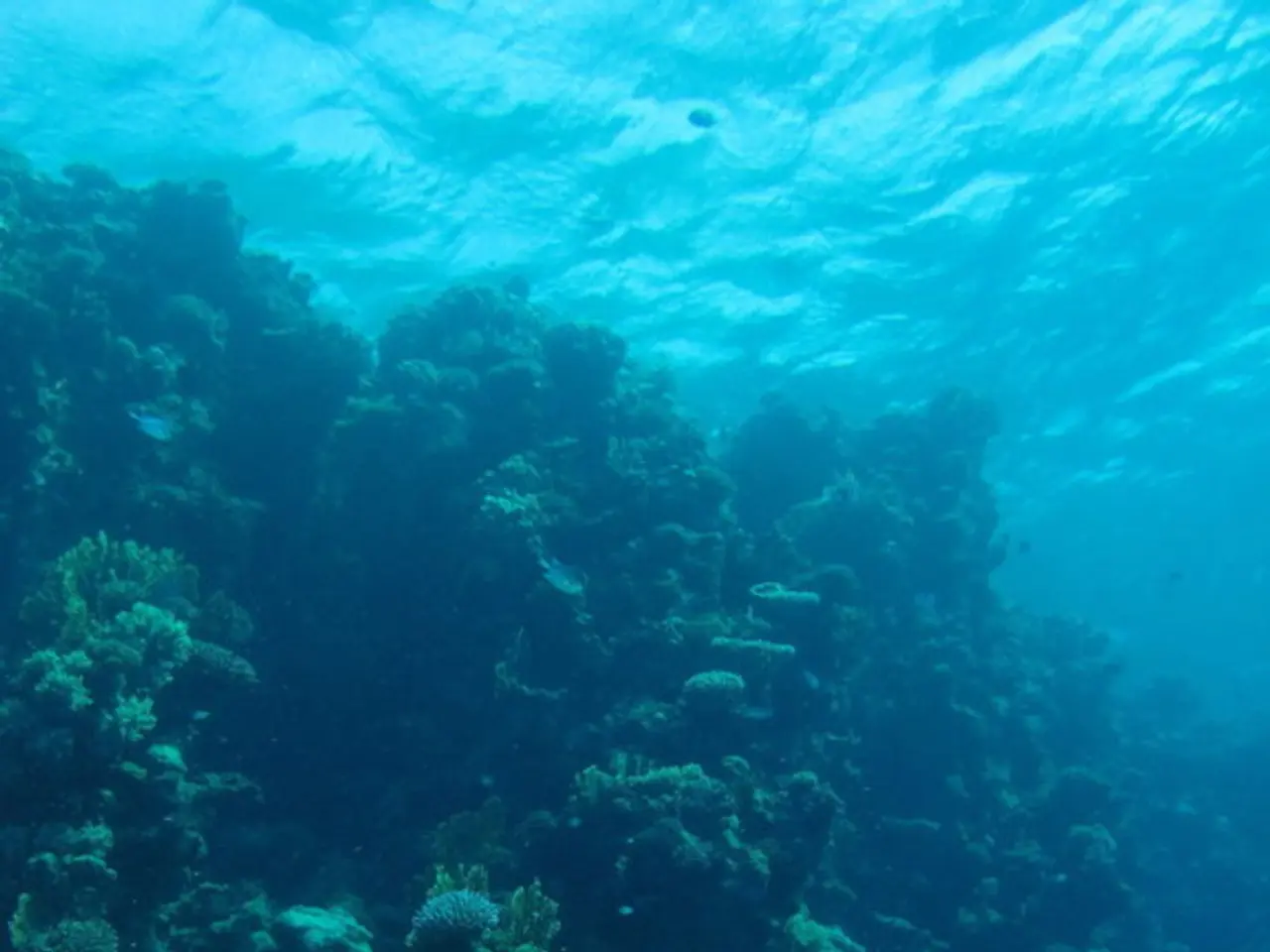Capital Market Disruption: The Impact of Blue Bonds on Financial Hubs
Blue bonds, a novel financing mechanism, are gaining traction as a potent tool for large-scale infrastructure projects that promote maritime transportation, marine renewable energy, coastal ecotourism, and more. These bonds, aligned with the United Nations Sustainable Development Goals (SDGs), particularly SDG 14: Life Below Water, offer an innovative approach to financing projects that deliver economic, social, and environmental benefits.
Issuing a blue bond is a meticulous process, guided by recommendations from the United Nations and the International Capital Market Association (ICMA). Here's a step-by-step breakdown of the general procedure:
- Define the Use of Proceeds: The environmental objective of the bond is clearly defined, focusing on the sustainable use and conservation of ocean and marine resources. The intended projects must meet UN SDGs related to the ocean.
- Project Evaluation and Selection: A transparent process is established to identify, assess, and select eligible projects or activities that contribute directly to ocean sustainability. Consultation with experts or collaboration with environmental organizations like the UNDP often occurs during this stage.
- Bond Structuring and Documentation: The bond is structured according to ICMA Blue Bond Principles, which adapt the Green Bond Principles framework to ocean-related outcomes. This includes defining bond terms, use of proceeds, and reporting frameworks.
- External Review and Certification: External verification or certification is obtained to validate the bond’s alignment with blue bond principles and confirm its environmental credentials. This adds credibility and transparency.
- Issuance and Marketing: The bond is issued, either publicly or privately, depending on the market strategy. Investors with sustainability mandates or blue finance interests are targeted. Transparent communication about how proceeds will be managed and monitored is crucial.
- Proceeds Management: Robust processes are set up to track and ring-fence the proceeds exclusively for the selected sustainable ocean projects. Regular reporting on the allocation and impact of funds increases transparency and accountability.
- Reporting and Impact Measurement: Ongoing reporting obligations are implemented, consistent with ICMA guidelines and UN requirements. These reports, accessible to investors and stakeholders, provide quantitative and qualitative impact indicators related to marine ecosystem health, fishery sustainability, or climate resilience.
- Post-Issuance Review and Continuous Improvement: Periodic reviews of the bond framework and project impact are conducted, updating practices in line with evolving international standards and best practices. Stakeholder feedback is incorporated, ensuring continuous alignment with UN ocean sustainability efforts.
Although there isn't a formal "UN step-by-step guide," these steps are well-evidenced in real-world blue bond issuances. For instance, the UNDP has coordinated several blue bond issuances in collaboration with ICMA, as seen in recent years with BNP Paribas and other development banks.
The growing demand for sustainable solutions suggests that blue bonds will become an effective way for issuers and investors alike to contribute to addressing climate change issues. With an estimated asset value of the blue economy at US$24 trillion and expected to double in size to U.S.$3 trillion by 2030, creating 40 million jobs, blue bonds offer a promising path forward.
Moreover, debt-for-nature swaps have been utilised by various countries to finance blue projects. For instance, Seychelles, Indonesia, Colombia, Gabon, Belize, and Barbados have all employed this method, facilitated by The Nature Conservancy. Sovereign blue bonds can be issued in a debt-for-nature swap structure, where a developing country's external debt is forgiven or reduced in exchange for local environmental conservation measures.
The first blue bond was issued in 2018, and since then, issuances of blue bonds have increased significantly. As the world continues to grapple with the challenges of climate change and the need for sustainable solutions, blue bonds stand as a beacon of hope for a healthier, more sustainable ocean economy.
In the context of financing projects that promote ocean sustainability, investors with a focus on sustainability or blue finance might find value in blue bonds, which are guided by the ICMA Blue Bond Principles and aligned with the United Nations Sustainable Development Goals (SDG 14: Life Below Water). As technology advances and the demand for sustainable solutions grows, business opportunities in blue bonds could expand, contributing to the reduction of climate change issues and fostering economic growth within the blue economy.
As debuted in 2018 and with subsequent increases in issuances, technology can play a critical role in streamlining the process of issuing blue bonds, making them more accessible and attractive to a wider range of investors. Moreover, innovative financing mechanisms such as debt-for-nature swaps, where a developing country trades its external debt for local environmental conservation measures, can provide additional options for investors to invest in ocean health and climatic resilience.




